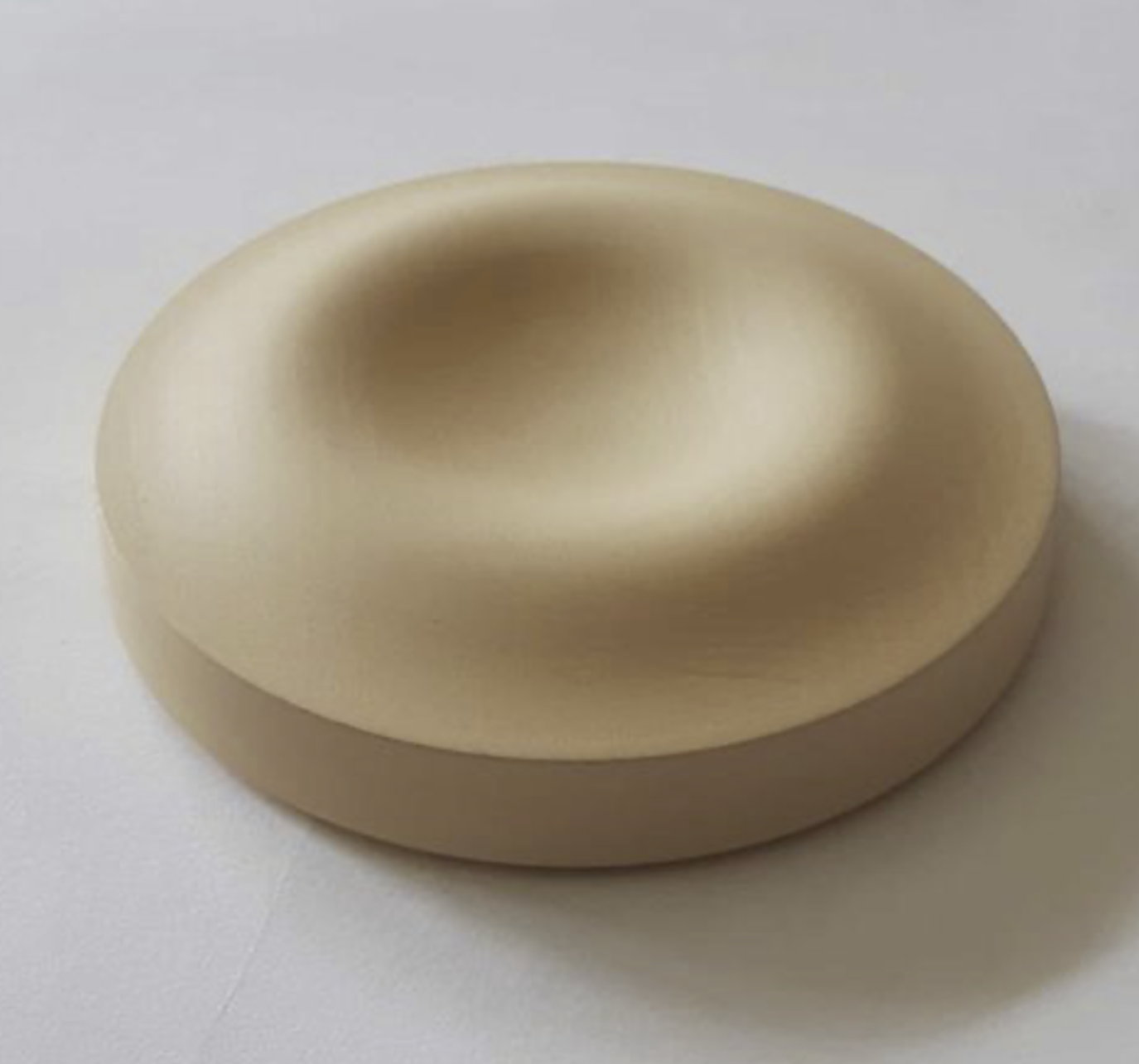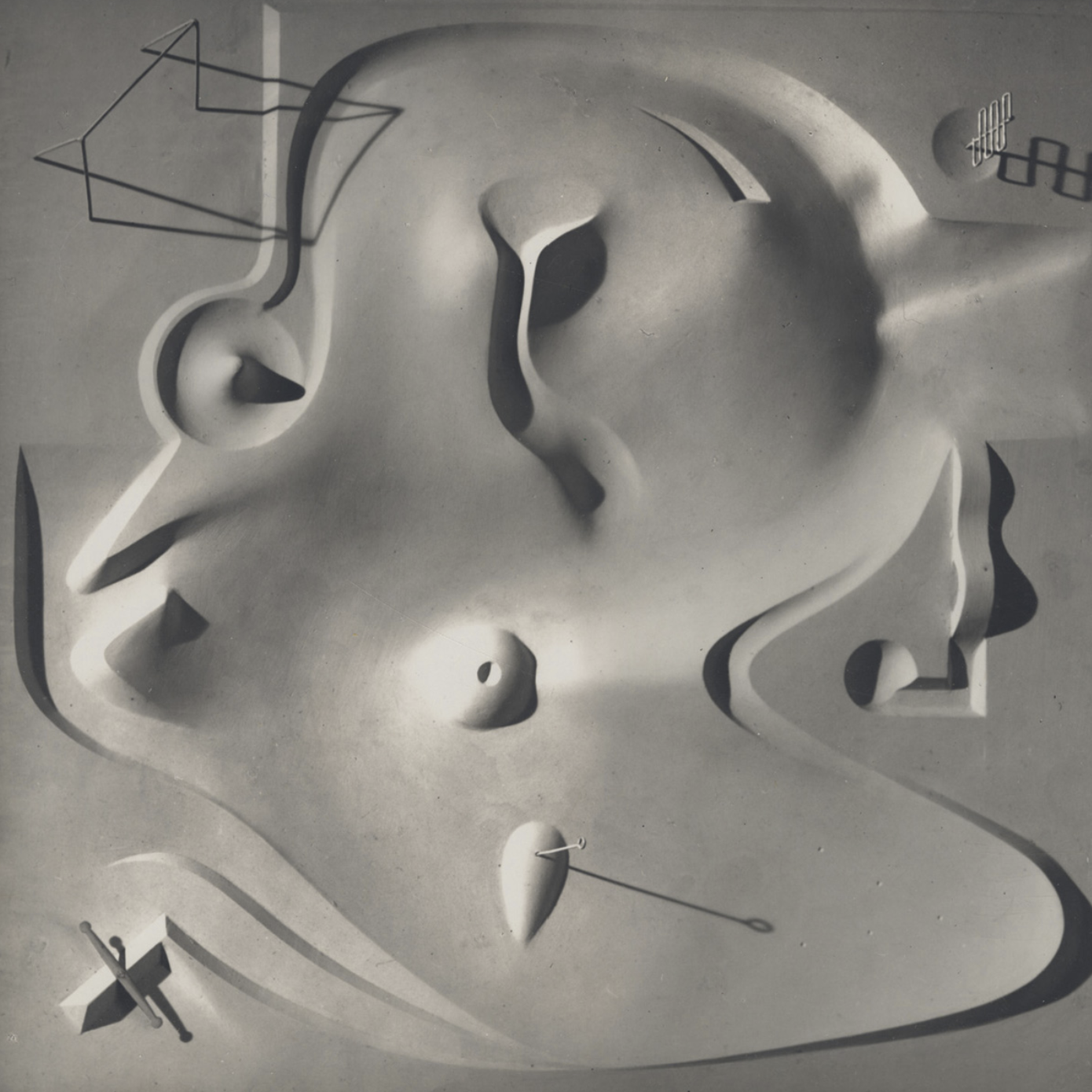Group Assignment
×

This week in architecture section, we went over designing molds (and molds for molds) and casting with oomoo.
Helpful tips from Diana:
1. chamfer edges to remove vertically extruded surfaces easier
2. mix oomoo well before using
3. slow and steady pour with small stream to control bubbles
4. TAP rigorously
































